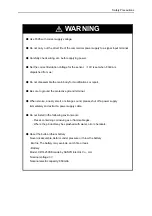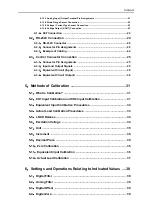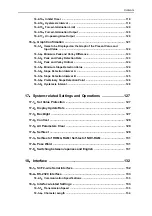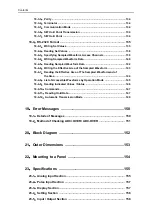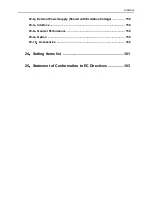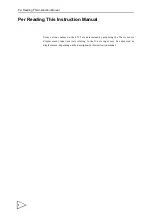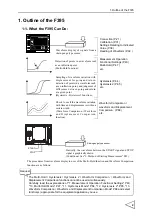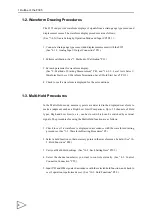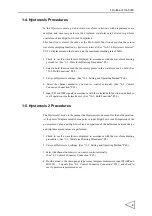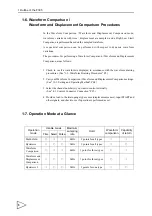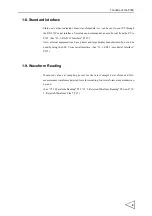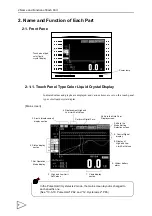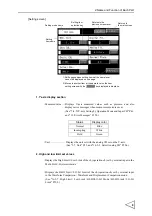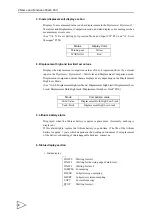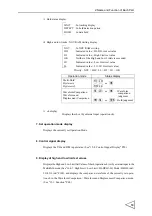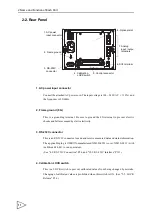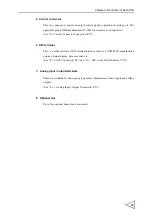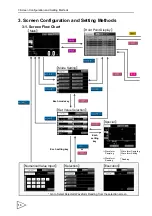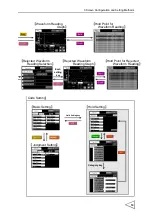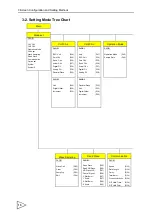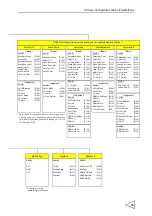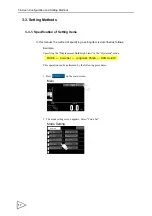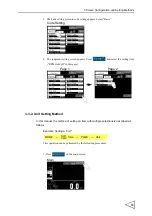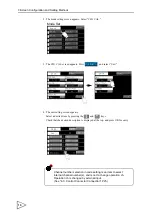
1.Outline of the F395
4
1-4. Hysteresis Procedures
In the Hysteresis mode, go and return waveform variations with displacement are
sampled, and necessary points in the displayed waveforms are detected to perform
controls such as a High/Low Limit Comparison.
This function is almost the same as the Multi-Hold function except for the return
waveform sampling function by hysteresis interval (See "16-2-14. Hysteresis Interval"
P119.), displacement on the X-axis, and the maximum sampling rate of 2kHz.
1. Check to see if a waveform is displayed in accordance with the waveform drawing
procedures. (See "1-2. Waveform Drawing Procedures" P3.)
2. Select a hold function such that necessary points in the waveform can be held. (See
3. Carry out Hysteresis settings. (See "11-2. Setting and Operating Method" P64.)
4. Select the channel number(s) you want to control externally. (See "4-3. Control
5. Input T/H and H/M signals in accordance with the selected hold function, and check to
see if operation is performed as set. (See "10-3. Hold Functions" P48.)
1-5. Hysteresis 2 Procedures
The Hysteresis 2 mode is the same as the Hysteresis mode except for the hold operation.
At the point of displacement where a pulse is input, High/Low Limit Comparison of the
go measured value, and High/Low Limit Comparison of the difference between the go
and return measured values are performed.
1. Check to see if a waveform is displayed in accordance with the waveform drawing
procedures. (See "1-2. Waveform Drawing Procedures" P3.)
2. Carry out Hysteresis 2 settings. (See "12-2. Setting and Operating Method" P65.)
3. Select the channel number(s) you want to control externally.
(See "4-3. Control Connector Connection" P25.)
4. Provide a load to the strain gauge type sensor / displacement sensor, input START and
HOLD 1 ~ 3 signals (See "4-3. Control Connector Connection" P25.), and check to
see if operation is performed as set.

